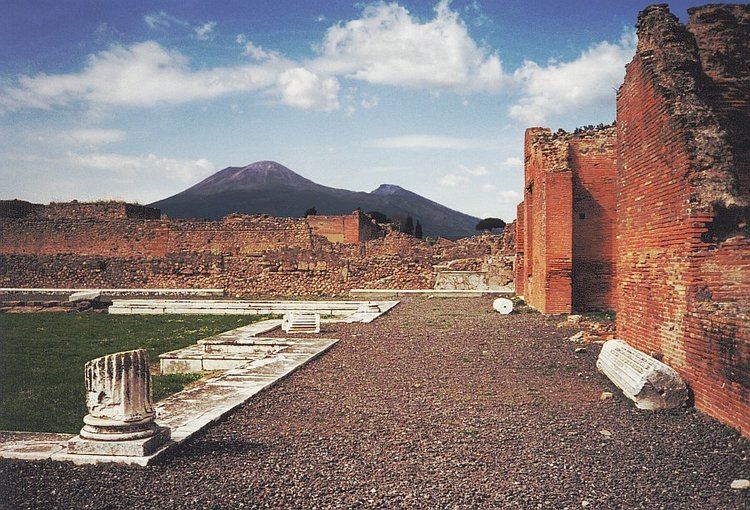Dates May 18 — June 6 Distance 3,450 km (2,144 mi) | Stages Prol. + 19 Winning time 91h 51' 06" | |
 | ||
The 1990 Giro d'Italia was the 73rd edition of the Giro d'Italia, one of cycling's Grand Tours. The Giro started off in Bari on May 18 with a 13 km (8.1 mi) individual time trial. The race came to a close with a mass-start stage that began and ended in Milan on June 6. Twenty-two teams entered the race, which was won by the Italian Gianni Bugno of the Château d'Ax-Salotti team. Second and third respectively were the Frenchman Charly Mottet and the Italian rider, Marco Giovannetti. Bugno held the maglia rosa from the first to the last stage (before him, only Girardengo in 1919, Binda in 1927 and Merckx in 1973 achieved the same).
Contents
In addition to the general classification, Gianni Bugno also won the points classification. In the race's other classifications, Vladimir Poulnikov of the Alfa Lum-BFB Bruciatori team completed the Giro as the best neo-professional in the general classification, finishing in fourth place overall; Carrera Jeans–Vagabond rider Claudio Chiappucci won the mountains classification, and TVM rider Phil Anderson won the intergiro classification. ONCE finished as the winners of the Trofeo Fast Team classification, ranking each of the twenty-two teams contesting the race by lowest cumulative time.
Teams
Twenty-two teams were invited by the race organizers to participate in the 1990 edition of the Giro d'Italia, ten of which were based outside of Italy. Each team sent a squad of nine riders, which meant that the race started with a peloton of 198 cyclists. From the riders that began the race, 163 made it to the finish in Milan.
The teams entering the race were:
Route and stages
The route for the 1990 edition of the Giro d'Italia was revealed to the public on television by head organizer Vincenzo Torriani on 16 December 1989 in Milan. It contained three time trial events, all of which were individual. There were eleven stages containing categorized climbs, of which four had summit finishes: stage 3, to Mount Vesuvius; stage 7, to Vallombrosa; stage 16, to Passo Pordoi; and stage 17, to Aprica. Another stage with a mountain-top finish was stage 19, which consisted of a climbing time trial to Sacro Monte di Varese. The organizers chose to not include any rest days. When compared to the previous year's race, the race was 336 km 32 km (20 mi) longer, contained the same amount of rest days, and one less individual time trial. In addition, this race contained the same number of half stages, one, as the year before.
Classification Leadership
Five different jerseys were worn during the 1990 Giro d'Italia. The leader of the general classification – calculated by adding the stage finish times of each rider, and allowing time bonuses for the first three finishers on mass-start stages – wore a pink jersey. This classification is the most important of the race, and its winner is considered as the winner of the Giro.
For the points classification, which awarded a purple (or cyclamen) jersey to its leader, cyclists were given points for finishing a stage in the top 15; additional points could also be won in intermediate sprints. The green jersey was awarded to the mountains classification leader. In this ranking, points were won by reaching the summit of a climb ahead of other cyclists. Each climb was ranked as either first, second or third category, with more points available for higher category climbs. The Cima Coppi, the race's highest point of elevation, awarded more points than the other first category climbs. The Cima Coppi for this Giro was the Passo Pordoi. It was crossed twice by the riders, for the first climbing of the mountain, Italian Maurizio Vandelli was the first over the climb, while Charly Mottet was first over the second passing. The white jersey was worn by the leader of young rider classification, a ranking decided the same way as the general classification, but considering only neo-professional cyclists (in their first three years of professional racing).
The intergiro classification was marked by a blue jersey. The calculation for the intergiro is similar to that of the general classification, in each stage there is a midway point that the riders pass through a point and where their time is stopped. As the race goes on, their times compiled and the person with the lowest time is the leader of the intergiro classification and wears the blue jersey. Although no jersey was awarded, there was also one classification for the teams, in which the stage finish times of the best three cyclists per team were added; the leading team was the one with the lowest total time.
The rows in the following table correspond to the jerseys awarded after that stage was run.
